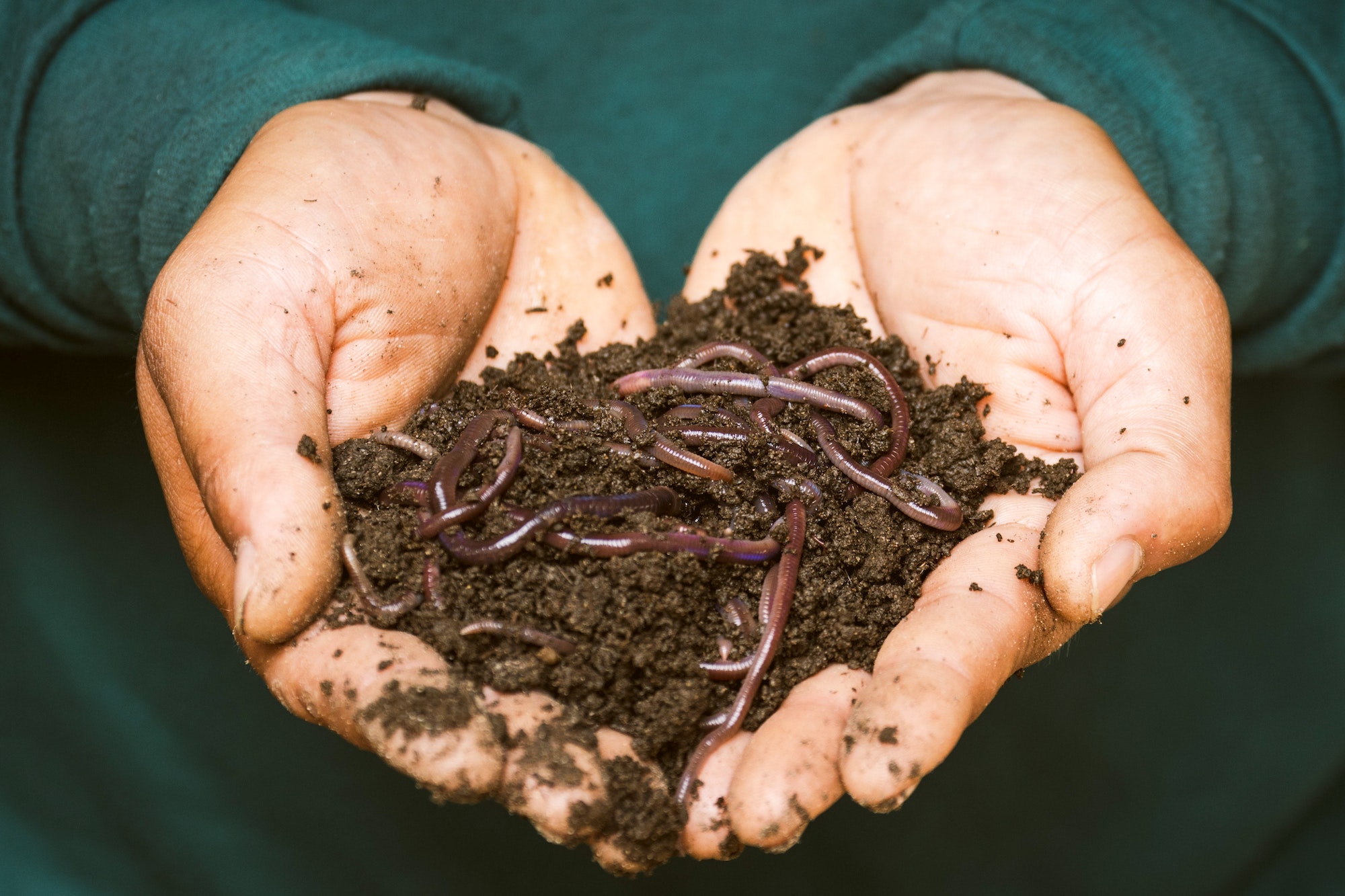With strict community quarantine measures in place, home-cooked meals and meal delivery services have become the new norm. In worst cases, this could mean an increase in leftovers that eventually contribute to food waste. And while it’s true that businesses can profit from food waste by repurposing trimmings and scraps into other menu items, the same methods can’t be adapted at home. One way to address this issue is through home composting.
In the UK, there’s a surge of interest in home composting methods as waste collection has been halted since the lockdown started. Composting is simply the process of decomposing organic matter or agricultural waste that can be used as fertilizer. Doing it at home might be more complex but the results are fruitful.
Undoubtedly, the foodservice industry is a major contributor to the increase in food waste. But by practicing composting, businesses can manage waste better as well as potentially lower waste disposal and hauling costs. According to research by ReFED, a non-profit organization committed to reducing US food waste, consumer-facing businesses such as foodservice industries, restaurants, and food retailers can save up to almost $1 billion if they learn to manage food waste.
In the bigger picture, composting plays an important role in sustainability, waste management, and reduction of the negative impact to the environment. It lowers carbon footprint, which means less greenhouse gas emissions, enriches the soil that can be used to grow organic produce, and lessens the need for chemical fertilizers.
Grounded in solutions
Segregating cooked and uncooked food for composting is the first step. You can start with fruits and vegetables then rice and grains, followed by eggshells, teabags, and coffee grounds, and finally meat and bones. Make sure you have proper storage equipment like wooden or plastic bins since this will determine how much compost you will be dealing with later.
According to research by ReFED, a non-profit organization committed to reducing US food waste, consumer-facing businesses such as foodservice industries, restaurants, and food retailers can save up to almost $1 billion if they learn to manage food waste.
The next step is to pick what composting method works for you. For someone who lives in an apartment space, vermicomposting is viable. The method uses red wiggler worms that produce a nutrient-rich compost to enhance soil quality. All you have to do is fill a bin with soil and red worms, combine it with a small amount of segregated food then seal with a lid. Take note that cooked food, meat, and dairy products can cause spoilage so avoid putting those in the compost.
Stick with vegetables, fruits (except citrus since worms react to their acidity), grains, coffee grounds, and tea bags. You’ll need to be thorough because you’ll only be able to see results in around three to six months. Locally, City of Dreams Manila practices vermicomposting to promote sustainability and reduce waste.
Bokashi composting is another sustainable method that can be done in small premises. It is the Japanese way of composting using microorganisms that help break down food waste. Similar to vermicomposting, you need a bin and soil, but instead of worms, you’ll be adding a Bokashi mix.
Unlike the previous method, you can add anything—raw and cooked food waste including meat and bones, dairy products, and even oil. It’s a low-maintenance composting method that can take at least two weeks to ferment. The Cravings Group, has been practicing this kind of composting.
If you have a backyard or a garden, you can allot space for your composting project and choose between hot and cold composting. The former is quite laborious but yields quick results while the latter is the opposite. The hot method involves mixing finely chopped carbon-rich and nitrogen-rich ingredients into a 2:1 ratio. Carbon-rich ingredients include straw, paper, twigs, and leaves while nitrogen-rich ingredients are grass, fruits, vegetables, coffee grounds, and tea bags. Put the mixture in a large pile or bin, let it sit, and wait around eight weeks to six months until the soil is ready.
Meanwhile, cold composting is easier to maintain. You just need a pile or bin to put the organic matter in and dump the food waste, grass, and leaves into it and let it decompose for a year or two.
Once you’ve chosen your desired method of composting, you can start the project right away. It takes a lot of patience and hard work but the results bear a number of positive impacts on your garden and on the natural ecological process.





